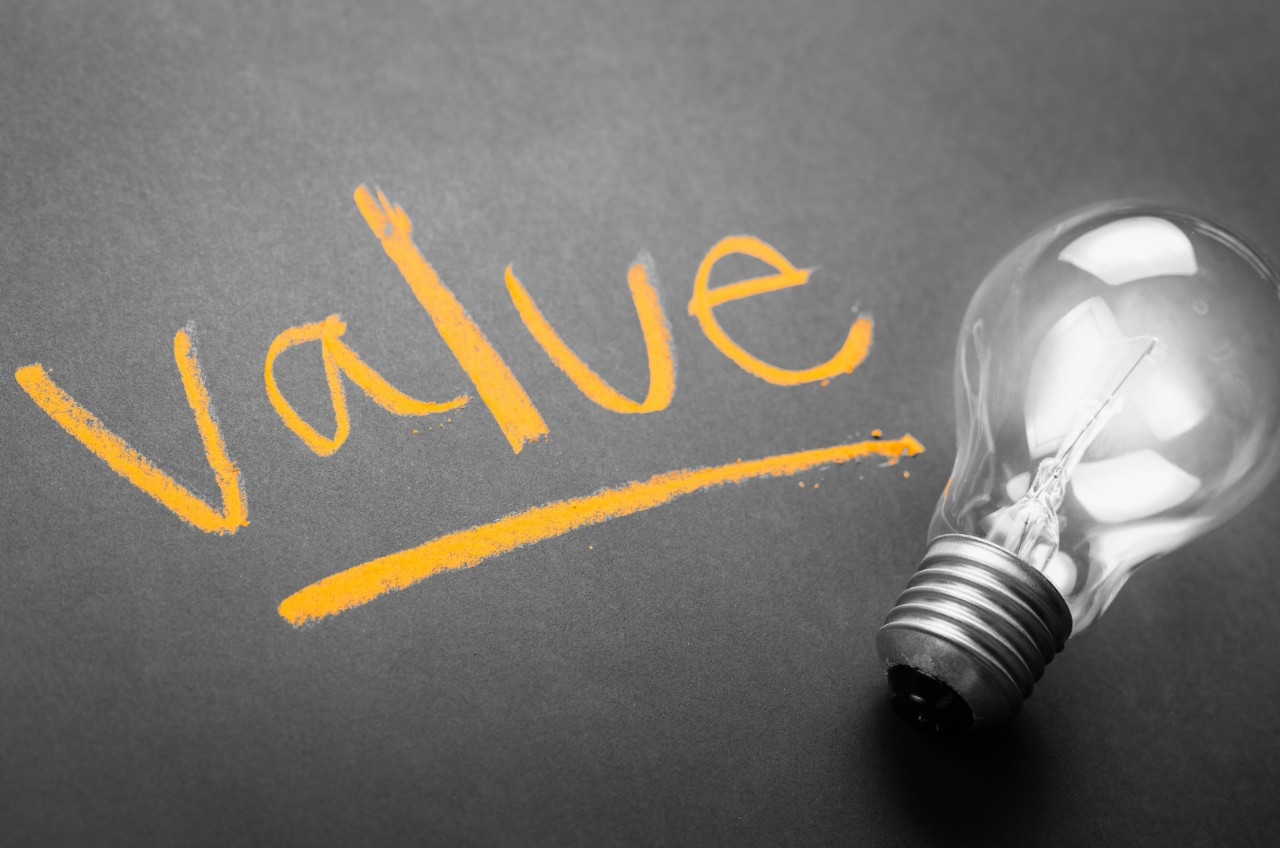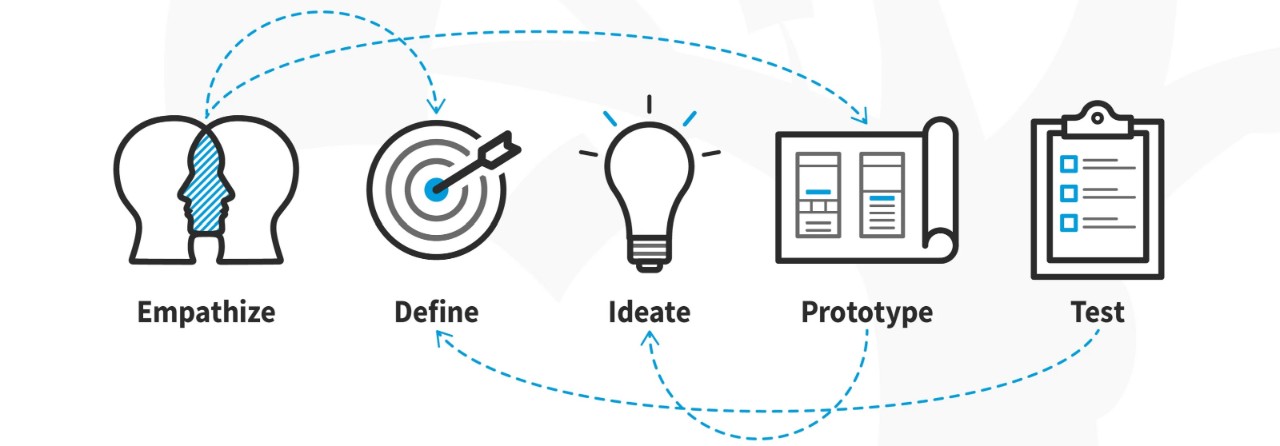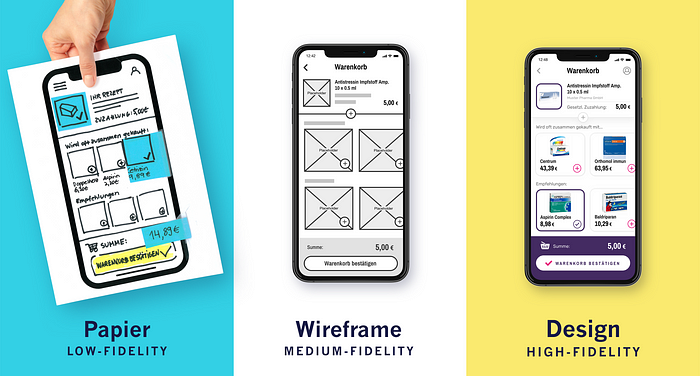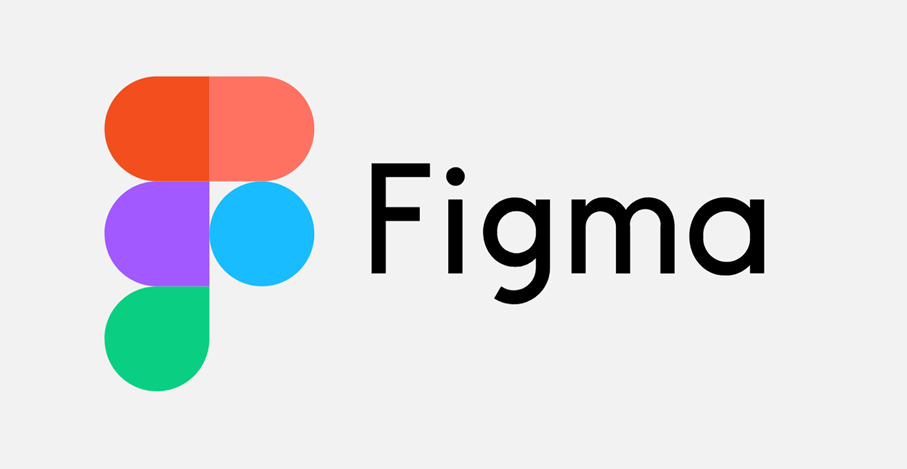Prototyping - the importance of visual input
In the various projects that we at eggs unimedia implement together with our clients, we often work very closely with the responsible design teams. Especially in the coordination phases, it is very important to visually represent the visions in order to give both the clients and the development teams an early idea of what the final product might look like. Terms like wireframes, layouts and prototypes are often used in this context. However, what they mean and what purpose they serve is not always known to many developers and customers.
This article deals in the first part with the conceptual design of digital products and in particular with the iterative design process from the perspective of a user experience (UX) designer. The second section introduces two powerful prototyping tools that assist with concept visualizations. In addition, this blog post is a companion to the Techtalk post in June 2022 - more info here.






